The culture of an organization is central to its effectiveness. In stewarding organizations, boards can readily pay attention to the documentable aspects of the work, i.e. finances, resources, outcomes, communication systems, benefits, etc. The culture, however, is less apparent but of equal importance to achievement of the mission.
The culture determines not so much what the organization does, but how they do it. It is the values, sometimes explicit but often implicit, which determine how they approach their relationship with the people they serve and how they relate to their stakeholders.
Among the six finalists for the 2014 New York Community Trust Nonprofit Excellence Awards are two organizations of different sizes and missions with similar of a deep respect for the needs of their participants, that manifest in very different ways – Bowery Residents Committee, serving over 10,000 homeless and formerly homeless people annually and the Washington Heights CORNER Project, serving over 1,000 annually in their needle exchange and related programs.
Bowery Residents Committee
- A defining feature of their work is data collection on all aspects of their participants’ experience. They hold two day meetings each quarter to analyze the data. This has led to innovative programs to address participant needs that might otherwise have gone unnoticed, including:
- A new financial model for the creation of affordable housing units for participants transitioning from their shelters
- The now replicated “Safe Haven” program for service resistant homeless
- Staff training in active listening that emphasizes the importance of allowing participants to determine the nature of the assistance they are prepared to accept.
- The culture of listening includes the board. Board members are actively engaged in the community outreach that enabled them to react positively to neighborhood concern about locating a facility in Chelsea.
- Board members are expected to attend at least one of the quarterly staff data reviews each year.
- Listening to needs also includes those of the staff. There is an annual employee satisfaction survey, a policy of promoting from within, strong benefits, etc.
Washington Heights Corner Project
- Their data collection is also designed to asses participant needs. They measure client impact data such as: connections made with health care providers; completion of Hepatitis C treatment; time to permanent housing; retention in drug treatment programs, services utilized, etc.
- Their commitment to using peer counselors extends to requiring it as a condition for collaborations
- Multiple structures enable them to understand their participants and stakeholders, including:
- an annual participant needs survey;
- encouragement of volunteer initiated projects; a 360 evaluation of the Executive Director;
- use of a communication matrix that defines the parameters of the Board/Executive Director relationship;
- a participant advisory board that meets weekly and which is involved in hiring decisions, staff engagement in goal setting and budgeting, etc.
Row New York
Row New York is based on the culture of team which combines carefully measured individual excellence while recognizing that success is achieved only by the team.
Examples of how this culture is manifest include:
- Twice yearly reviews with each rower, evaluating their academic scores, fitness progress and social and emotional skills–all regarded as essential to their success
- Annual reviews with each board member evaluating progress on their individual goals
- Rotating each board member through the Finance Committee to build their financial skills and to develop a shared understanding of the organization’s strategies
- Structuring board meetings around action decisions
- Declining requests to expand to other cities because they determined that it would weaken rather than strengthen the ability of their team to succeed in the race that they were committed to- the young people of NYC.
Conclusion
Boards that take the time to identify the cultural values of their organization are in a better position to assure that the values are manifest, and in so doing, strengthen both the delivery of the service and the organization’s brand.
Beyond this, acknowledging values that are shared throughout the organization can serve to deepen board members’ personal commitment and strengthen their experience of being an important part of a cohesive team.





